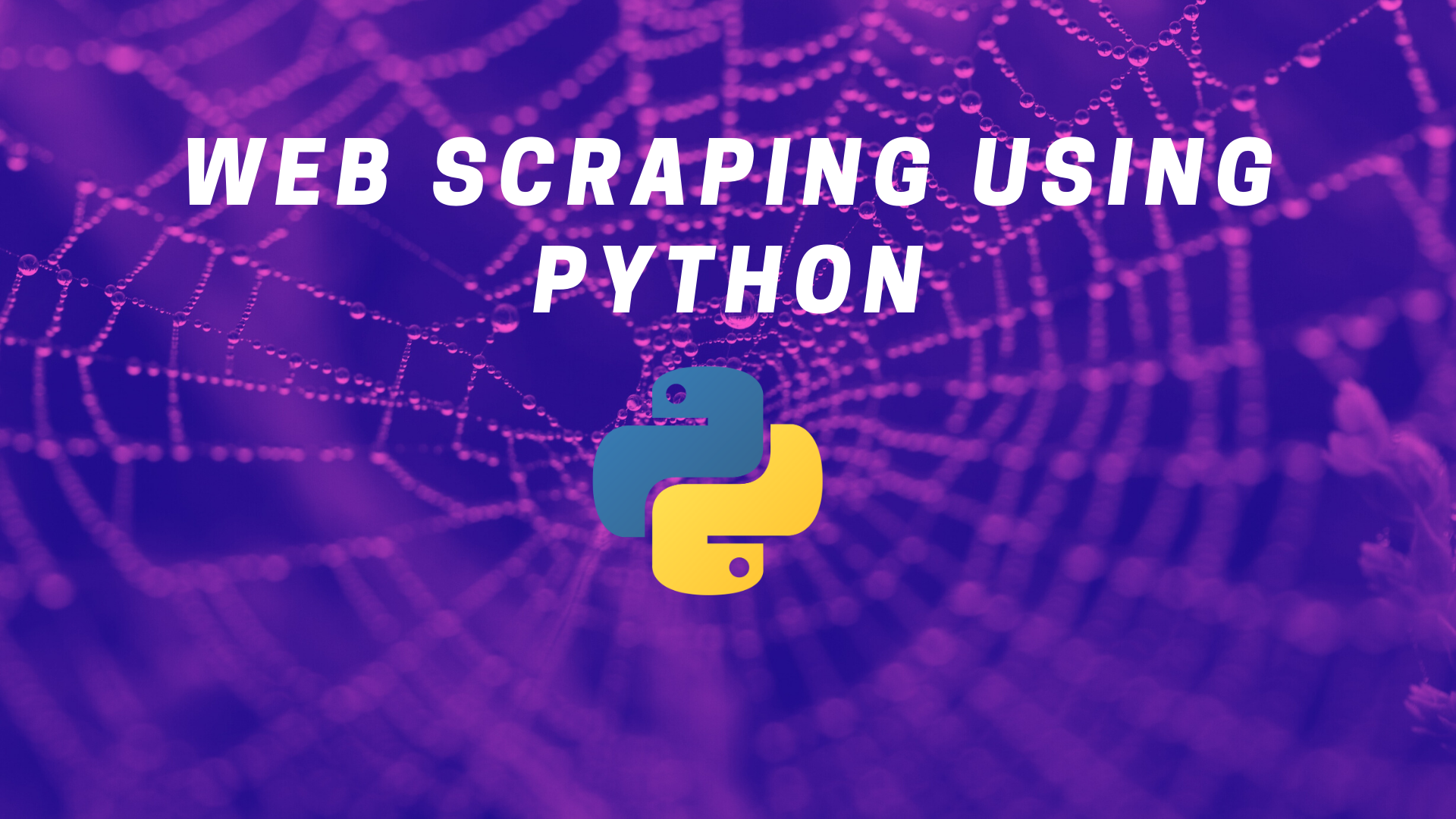Web Scraping Using Python What is Web Scraping? Web Scraping is a technique to extract a large amount of data from several websites. The term 'scraping' refers to obtaining the information from another source (webpages) and saving it into a local file. Web scraping with BeautifulSoup in Python; 1. A brief introduction to webpage design and HTML. If we want to be able to extract news articles (or, in fact, any other kind of text) from a website, the first step is to know how a website works. We will follow an example with the Towards Data Science webpage.
Manually Opening a Socket and Sending the HTTP Request.
lxml and Requests¶
lxml is a pretty extensive library written for parsingXML and HTML documents very quickly, even handling messed up tags in theprocess. We will also be using theRequests module instead of thealready built-in urllib2 module due to improvements in speed and readability.You can easily install both using pipinstalllxml andpipinstallrequests.

Let’s start with the imports:
Next we will use requests.get to retrieve the web page with our data,parse it using the html module, and save the results in tree:
Web Scraping Python Beautifulsoup
(We need to use page.content rather than page.text becausehtml.fromstring implicitly expects bytes as input.)
Python Scrape Data From Website

tree now contains the whole HTML file in a nice tree structure whichwe can go over two different ways: XPath and CSSSelect. In this example, wewill focus on the former.
XPath is a way of locating information in structured documents such asHTML or XML documents. A good introduction to XPath is onW3Schools .
There are also various tools for obtaining the XPath of elements such asFireBug for Firefox or the Chrome Inspector. If you’re using Chrome, youcan right click an element, choose ‘Inspect element’, highlight the code,right click again, and choose ‘Copy XPath’.
After a quick analysis, we see that in our page the data is contained intwo elements – one is a div with title ‘buyer-name’ and the other is aspan with class ‘item-price’:
Knowing this we can create the correct XPath query and use the lxmlxpath function like this:
Let’s see what we got exactly:
Web Scraping Python Book
Congratulations! We have successfully scraped all the data we wanted froma web page using lxml and Requests. We have it stored in memory as twolists. Now we can do all sorts of cool stuff with it: we can analyze itusing Python or we can save it to a file and share it with the world.
Some more cool ideas to think about are modifying this script to iteratethrough the rest of the pages of this example dataset, or rewriting thisapplication to use threads for improved speed.
